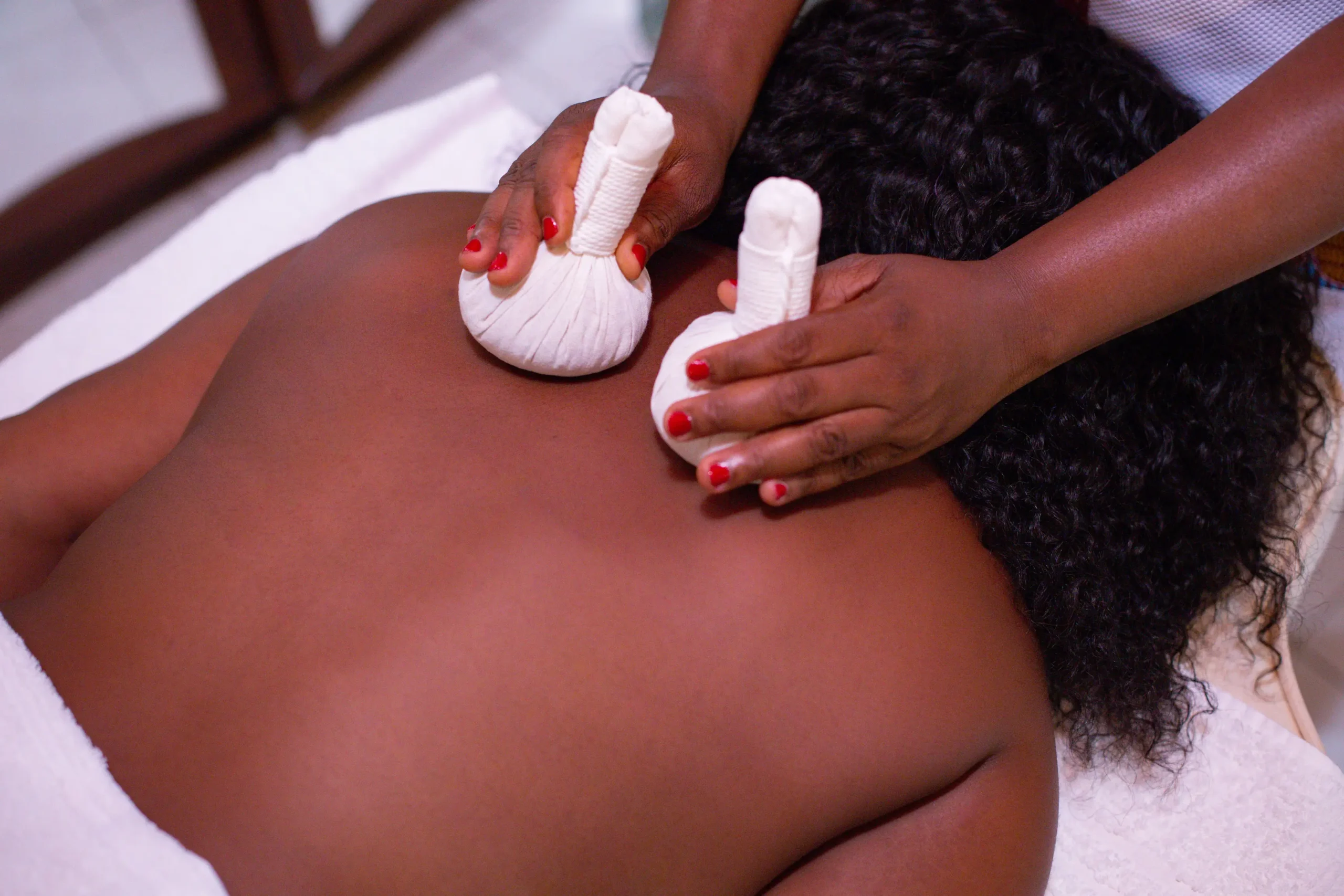Therapeutic massage means you present to the therapist with a specific complaint, for instance, pain in your hip, tight shoulders, or a spasm in your lower back (or even all three). The therapist then follows four steps:
- Assess your current condition. This will include taking a history, asking how long have you experienced the pain, whether the onset was sudden, how you experience the pain, etc. The therapist will also observe the way you move, test your range of motion, and feel the tissue during the treatment for consistency and texture.? You basically tell the therapist was
- Propose a plan. Once the therapist has a good idea of your condition, he can propose an approach to treatment. This might be a simple as focusing on your area of complaint — shoulders, lower back and right hip — instead of trying to do a full-body massage during one session. The therapist might recommend a series of sessions at recommended intervals, and indicate the kind of progress you can expect during that time. She can recommend other ways of treating the area, such as using heat, ice, hydrotherapy, or stretches. If appropriate, the therapist might refer you to another health professional for further assessment and treatment.
- Perform the therapy. This is the actual massage, or treatment, based on the assessment and the plan you have agreed to.
- Evaluate the outcome. At the end of the treatment, you and the therapist review the results. Is the pain less? Is there more mobility in the joint? Has your posture improved? On the basis of the results, the therapist can recommend additional sessions and the frequency. If you come every week, for instance, you’ll see quicker progress than if you wait two or three weeks between sessions. An evaluation will take place at the end of each session to determine the continued course of therapy.
It may sound very involved, but an experienced therapist can do the assessment and propose a plan quickly, even in a resort spa, and you should experience some degree of relief even in one session. However, you can always follow up with a private practitioner or a recommended massage therapist at a local day spa if you want to continue with therapeutic massage.
What to expect during a full body massage
A full-body massage indicates that the therapist will massage your whole body during a therapeutic massage lasting at least 50 minutes. That’s the amount of time needed to massage all the major areas of your body — back, shoulders, legs, feet, arms, hands and neck. You generally start face down and the therapist starts with your back and shoulder, then moves down the body.
Once you flip over, the therapist works her way back up your body, usually ending with neck and shoulders and sometimes the scalp.
Whether you’re getting a Swedish massage, Deep Tissue massage, Hot stone massage or Aromatherapy massage, most massages at spas will be full-body massages. If you have problem area that needs extra attention, such as a sore back or tight shoulders, you can request that the therapist spend more time on those problem areas. They can accommodate that request by spending less time on areas like the legs or arms, which might just get a quick sweep.
If you have problem areas but don’t want other areas to be short-changed, make an appointment for a longer massage session, such as 75 or even 90 minutes. That way you can get a full body massage along with the more focused work you need in specific areas.

